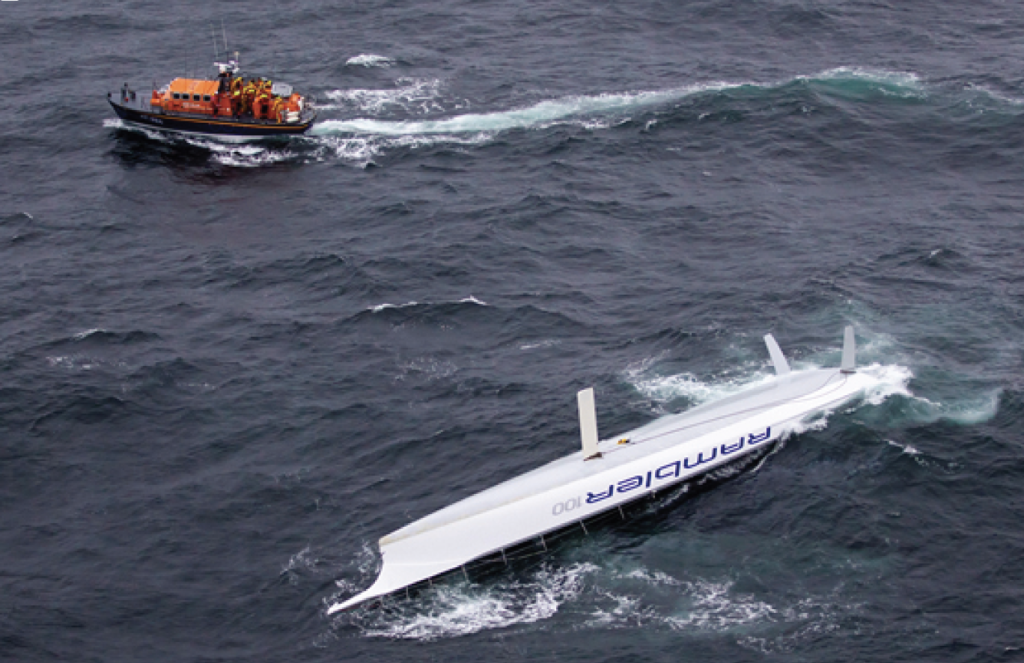The Concept
The Leader bears ultimate responsibility and accountability for safety, success, and failure, and should embrace this willingly. The opposite of a Leader taking responsibility is blaming others. Those being led look to the Leader for guidance and expertise, and they rely on the Leader’s judgment. A positive, realistic attitude is also essential, since morale is so important.
A Leader must be willing to learn from mistakes and successes. Continuous learning through self-evaluation and team-evaluation is critical, continuously adapting and updating based on an objective, dispassionate, and critical analysis of what went wrong, as well as what went right.

The Findings
“Responsibility & accountability are the essence and foundation of good Leadership, prerequisite in ensuring that a vessel and her crew are prepared for all contingencies. It is imperative that responsibility and accountability are assigned and understood in every respect.” – David Tunick
Key Best Practices
- Ensure responsibility & accountability are understood by the crew.
- Clearly establish the chain of command and delegated responsibilities.
- Establish that Owner/Skipper’s responsibility is to the crew, the boat, and the voyage (in that order).
- Be enthusiastic and positive.
- Be ready and willing to admit fault without “shooting the messenger.” When a crew member brings information, the Leader must hear it willingly and act on it to create a culture of openness.
Things to Avoid
- Over-confidence: Thinking too highly of one’s own abilities, a lack of understanding of their crew’s abilities, or an over-confidence in the ability of the boat is irresponsible and arrogant and may lead to negative outcomes.
- No clear chain of command: In a disaster situation, everyone must know their job so that communication can stay focused. If and when commands are required, it must be clear as to where the commands are coming from.
Recommended changes to improve Safety-at-Sea training and education
- Include a session on responsibility and accountability in Adult Safety-at-Sea sessions.
- Include a component of responsibility and accountability in Junior SAS. Identify Leaders early.
- Develop a separate Leadership course and course book specifically for Skippers and watch captains.
- In the Leadership component of SAS training, have students formulate a list of ideal characteristics in a Leader
Panel Watch Bill (Group Members)
- Dave Tunick - Facilitator, STC, NYYC, SYC
- Erik Storck - Scribe, STC
- Juan Corradi - STC, NYYC
- Matt Gallagher – STC, Chicago YC, Chair US Sailing Offshore Committee
- Ernie Godshalk - CCA, NYYC
- Larry Huntington - STC, NYYC
- Brenda Lewis - STC
- Chris Reyling - STC
- Leonard Sitar - STC, AYC
- Andrew Weiss - STC, NYYC, Larchmont YC

Breakout Session Outputs:
